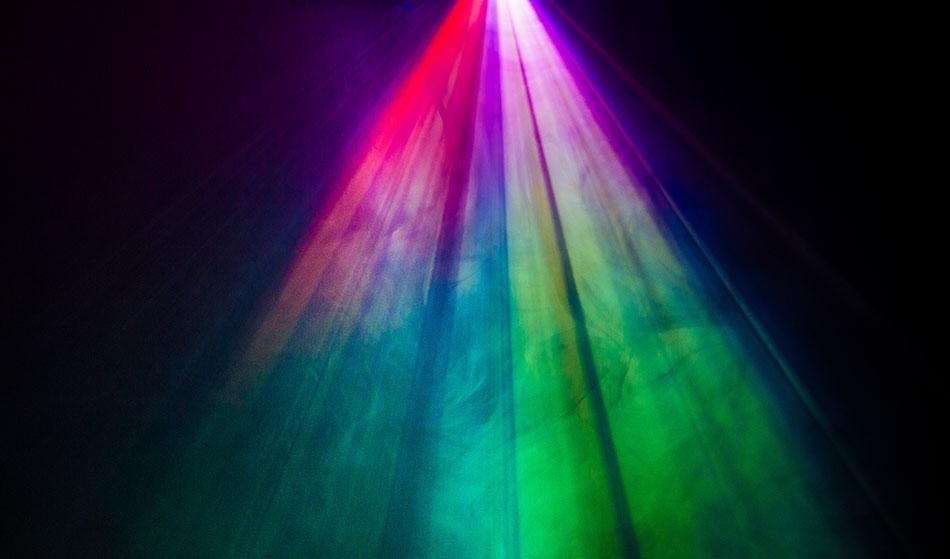Aug 30 2007

faak / Shutterstock
The energy of light delivered per second is measured in Watts. The brightness of a light source in a given direction, its luminance or luminous intensity, is related to the power of light per unit of area.
As you move away from a light source, the intensity of the light that reaches you reduces as a function of the inverse square of the distance between the source and you. This means it is often helpful to measure the amount of light energy that reaches a given area, which is measured in Watts per square meter.
Measuring the Brightness of Light
The brightness of light is measured by the temperature increase over time of a black surface of known area and heat capacity. The light energy is absorbed by the surface and converted to heat, which increases the temperature of the surface. The principles behind light meters, such as those found in modern cameras, are very similar. These light meters convert the energy of the incoming light to electrical energy that is proportional to the intensity level of the light. The components of these devices still require calibration by comparing with known levels given by the change in temperature method.
This article was updated on 5th June, 2019.